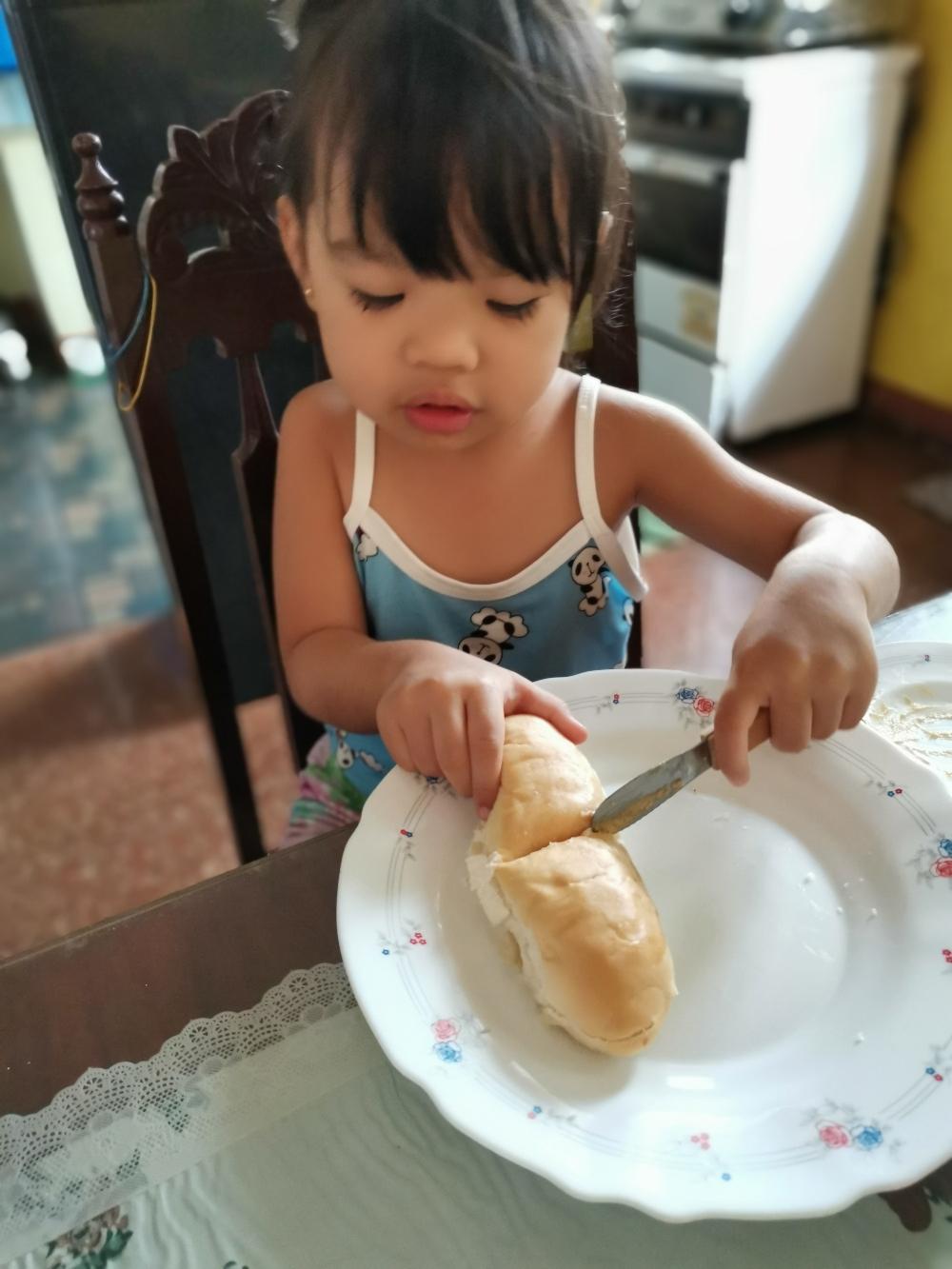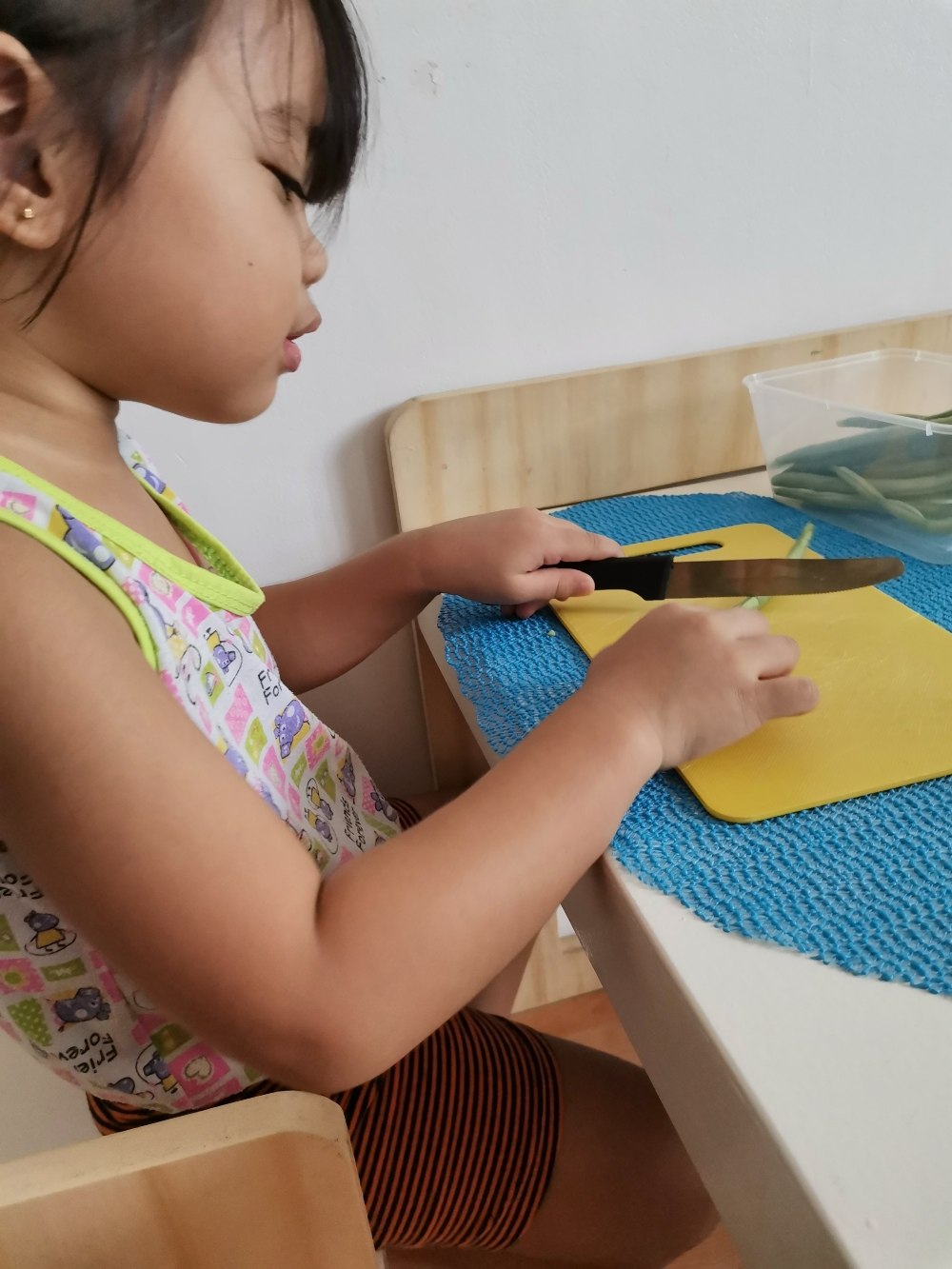It’s pretty common to see snaps on social media about every cute kid moment, or read posts about parenting and raising children. Social media has turned into a modern-day scrapbook of babies ’ firsts. Walking at 8 months old, toddlers who cook, reading fluently before turning three – they could either cause admiration, or concern to some parents.
You might wonder why there are many posts about these proud moments. Because they are milestones- a newly acquired skill (Isn’t that something to brag about?).
Developmental Milestones – Why It’s a Big Deal to Parents
Developmental milestones are markers of a child’s development from infancy to childhood. It is a set of skills that a child is expected to do at a certain age range. They can help determine if a child is “developing well” or if he is having delays in a specific area of development.
There are many developmental milestones lists available online – pregnancy and parenting apps have it too. I personally use and subscribe to apps like these. These apps have lists of what to expect every month and allow you to read other parents sharing their own experiences regarding their little one’s achievements.
Then there are relatives and friends who narrate the abilities their children have at certain ages. And of course, there’s social media. All of these things can make tracking your baby’s development overwhelming and confusing even.
While you can’t help but compare yours to others, it is important to keep in mind that every child develops differently. Let what you read, hear and see be inspirations, and your child be your guide.
Tips on Helping Your Child Reach Her Milestones
I am proud to say that my three-year-old daughter can cook her breakfast, safely use scissors and knives, play independently, and more often than not, self-regulate when things don’t go her way.
Some of her abilities are within the range of what is expected of her age, some are beyond. Here’s what I consistently do to reach her milestones.

Image courtesy of the author
There are sensitive periods in which major developmental milestones are reached. Also known as “windows of opportunity”, it is when your child’s brain is highly susceptible to environmental experience.
So when you watch closely and see that your baby is pulling himself up for the first time, you support this new skill by moving your baby’s toys up onto higher, stable surfaces (to encourage them to reach) or play with them kneeling.
When you notice your two-year-old playing alone, support his independent play by not interrupting, and giving them open-ended toys so they could play without needing adult assistance.
It is this way that I was able to encourage independence at an early time. Whenever I see my independent toddler doing something on her own, I do not intervene. As much as I want to help and or correct her to make things easier for her, I remind myself to step back and watch from afar.
I have a lot of moments when my husband would catch me by the bedroom door peeking, or at the far end of the room, silent and just watching my daughter. I only offer help and make my presence felt when she expresses frustration and or asks for some help.
“When we observe over a period of time, we will begin to observe subtle differences about our child that we might otherwise miss.
We can also identify factors in the environment or with the adults that help or hinder independence, movement, communication, or other areas of development,” wrote Simone Davies of the book The Montessori Toddler.

Image courtesy of the author
How observing helped me raise an independent toddler
Upon noticing your child’s actions, you will also be able to plan for the materials and activities appropriate for them. For example, I did not wait for my daughter to tell me she wants to help in the kitchen before introducing food preparation. I did when I saw her mixing and transferring liquid from one container to another.
At that time, I thought she might be ready to make her own milk, so I taught her. After a couple of guided occasions, she can independently make her own milk before bedtime. We then proceeded to make pancake batter, quite similar to making her own milk but with more ingredients and more mixing.
One pizza night, I allowed her to put hers inside the oven. That was her introduction to heat. When she showed she can follow precautions around heat (didn’t touch the pan nor the glass while waiting, didn’t turn the oven knobs, didn’t immediately touch her pizza fresh from the oven), I knew she was ready for the pan.
I allowed her to pour pancake batter onto a preheated pan. Fast forward to today, she can confidently cook using real kitchen tools and on the stove.
According to a position statement by the National Association for the Education of Young Children (NAEYC),
“Play promotes joyful learning that fosters self-regulation, language, cognitive, and social competencies as well as content knowledge across disciplines. Play is essential for all children, from birth through age 8.”
During play, you can practice a particular skill, and introduce new concepts and ideas to your child. At home, I incorporate play-based learning and a Montessori-inspired approach. From the proper pencil grip, phonics, shapes, and colours, to amphibians and reptiles, they were all learned through play.
Popsicle sticks, wooden letters, blocks, and cardboard boxes are our learning materials. Ribbons, tapes, and long objects are our obstacles when we try to hit milestones under locomotor movements and gross motor skills.
My playtime with my daughter allowed me to introduce slicing. We started using play knives that come with her clay and cooking sets. Not only are these perfect for her little hands, but they’re also safe because they are blunt. I rolled clay into logs and then showed her knife use and safety: knife not too close to fingers, press down and out, knife down when not in use.
When I saw that she is consistently following, I then allowed her to use serrated plastic knives – they are sharper and feel close to real ones. Aside from clay, she used these knives to slice soft foods (bananas, strawberries, and boiled eggs.) and to spread peanut butter on her toast.
As her skill progressed, so did her knife. I got her her first child-sized bread knife at 2 years old. Now that she’s three, she is using a regular bread knife to slice vegetables and bread.
Moreover, it is during playtime that we get our children to regulate and process a range of emotions. My daughter has learned to be patient when she’s waiting for her turn, to follow rules and steps that are involved in a game, and to express her feelings when winning and losing. These can be difficult to teach without proper experience.
Just because younger children or children of the same age as your child can display mastery of a skill, it means your child can do it too. There are other factors to consider. I find that environment and readiness are the most important.
For example, at two years old, my daughter started “using” scissors. I allowed her to use a pair when she wanted to try it after watching me cut papers for her. Her little hands weren’t ready then. She held the scissors the way you hold a grass cutter- one hand on each handle.
But I never stopped there. I bought her smaller pairs. She still struggled, but she was able to cut. After 5 pairs of scissors and numerous cutting activities, at three years old, she could independently open her snacks, and cut straight and wavy lines. Had I stopped giving her opportunities to cut, I’m pretty sure she still couldn’t use a pair.
Raising an Independent Toddler
Many of my toddler’s skills are reached through using a framework and having a prepared environment to practice it. Through observations of her readiness and actions, incorporating play, and waiting for the perfect opportunity to practice a new skill and waiting for her to master that new skill. These, I believe, helped her to undertake activities that she usually would not be able to without the help of others.
While no two children progress on the exact same timeline, parents can help by giving plenty of opportunities to foster their development. Know when they are ready, give them play-based, heightened experiences targeting specific skills, and be persistent and consistent. You’ll soon watch your child hit milestones right before your eyes.
There’s so much you want your child to achieve, sometimes, the earlier, the better. However, this is not always the case. Children reach milestones in how they play, learn, speak, behave, and move.
Developmental milestones are guidelines, not the rulebook. If your child is not hitting some milestones and it’s something that concerns you, don’t hesitate to talk to your child’s paediatrician on their next checkup.

Image courtesy of the author
Kat Gines is an Early Childhood teacher turned stay-at-home mom to her 3-year old daughter. When not playing chase with Amelia, she seeks out opportunities to incorporate Montessori approaches, mostly using repurposed and DIY materials.
Republished with permission from theAsianparent Philippines.
ALSO READ:
Ms. Rachel For Toddlers: Who Is She and Why So Many Parents Love Her?
Best STEM Toys to Choose for Toddlers to Complement Their Learning
Want To Raise A Confident And Independent Reader Who’s Future Ready? Here’s How!
